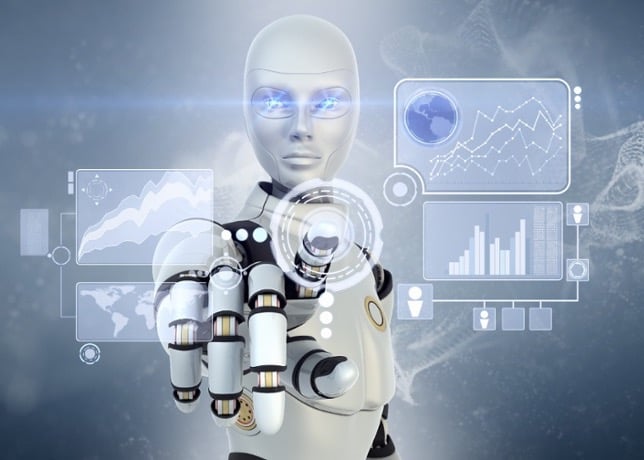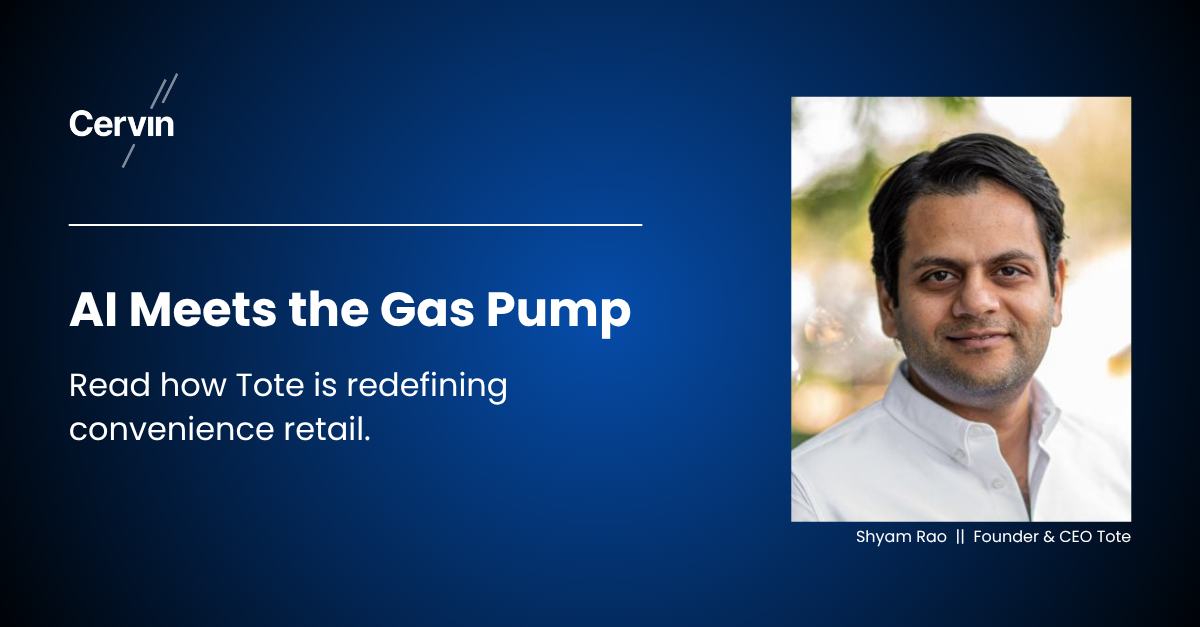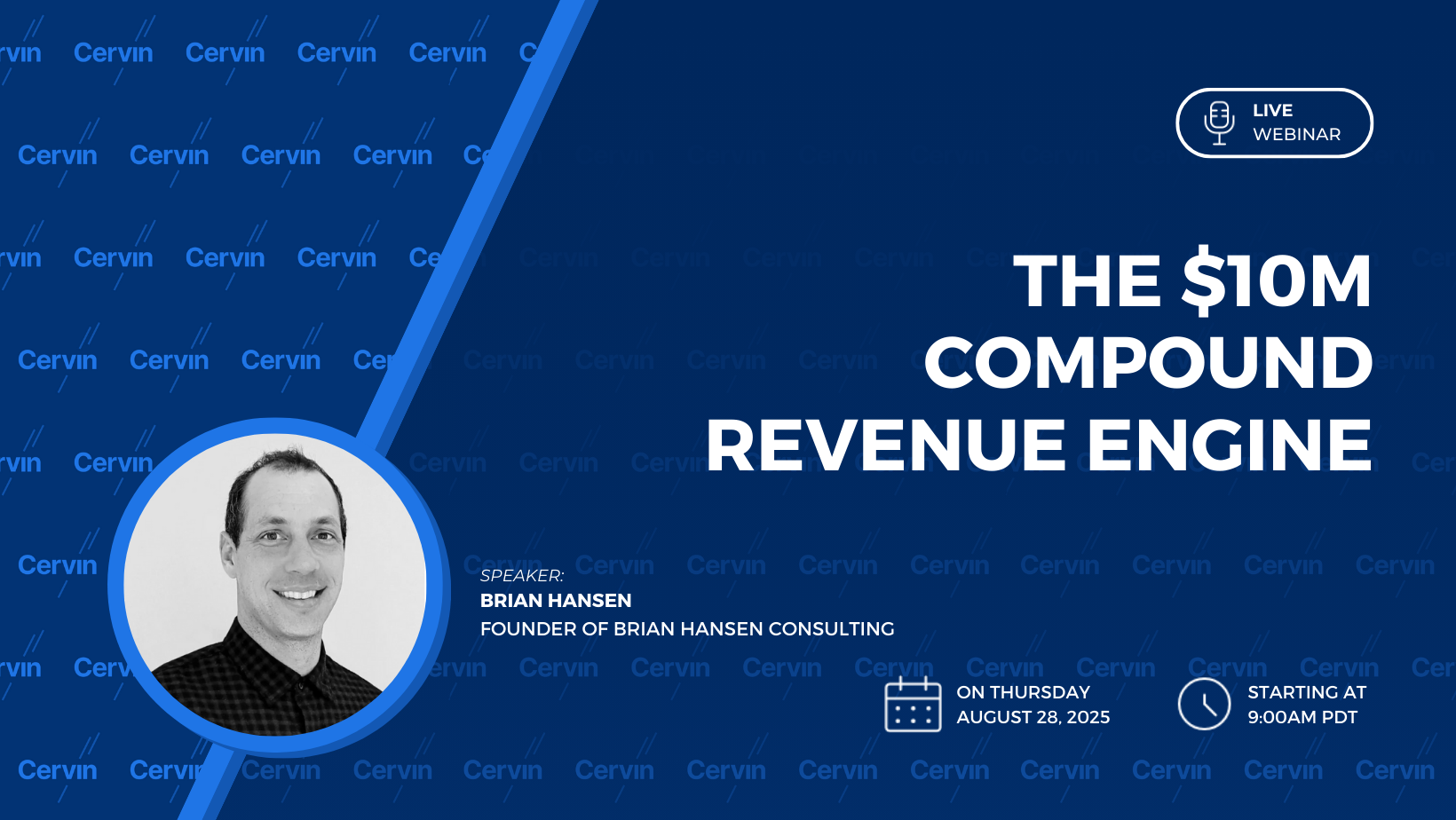History says labor markets adjust over time, they don’t just implode
If AI doomsayers opened up the history books, they would see that labor markets do not simply implode, but adjust over time.
First and foremost, one can look at the manufacturing culture brought about by the first Industrial Revolution, and how this impacted global labor markets. There has been a long history of concern over machines’ ability to replace human work, but at least to the present day, labor markets have continued to mosey along. Who’s to say they won’t continue to do so? Is there something fundamentally different about today’s technological innovations that distinguish our situation now from any other point in history?

Image via Wikimedia.org
The Industrial Revolution also serves as a good example of how there is often a significant uptake delay: the time it takes for new inventions to truly transform the labor market. Consider the advent of the first successful power loom in the late 18th-century by English inventor Edmund Cartwright. Cartwright’s original invention may have made headlines and riled up public fear in the 1780’s, but it was not until 1850, after multiple updates and improvements, that the power loom accomplished significant adoption in Britain’s private sector. This example is applicable to many other technological advancements over the past few centuries, as give-or-take 50 years of adoption time is not uncommon. New tech adoption delay allows for sufficient time for labor markets to naturally adjust and workers to naturally relocate in the process.
For some, the labor market disruptions caused by new tech can shrink employment opportunities in one area over the short term, but over the long term those in another can often rise. Observable in the employment-by-sector concentration graph below, while employment in sectors like agriculture and manufacturing have declined in the US, opportunities in trade, education, healthcare, and other services are on the rise. It’s also worth noting that a third of new jobs created in the US over the past 25 years had previously not existed or were hardly known at the time. This speaks to the likelihood of new professions potentially cropping up to create succeeding decades of net positive employment results.

Future-proofing the next-gen workforce
The future of work is ultimately up to us, the humans. Specifically, the proactive actions on behalf of certain groups will have the ability to mitigate some of the possible negative effects of automation’s rise.
In the public sector, the government and public policy-makers have the potential to be significant difference-makers. One trailblazing effort is the state of California and Governor Gavin Newsom’s creation of the Future of Work Commission announced in late August of 2019. The newly created commission enables California’s leaders to create long term success for the state’s economy, workers, and workers’ families, with the primary goal being to address economic inequality and mobility by focusing on training and education for the jobs of the future. Efforts like this could help reduce worker displacement pains.
Expanding the social safety net to account for newly harmed groups of workers is another way the public sector could ease the transition. Whether that means assistance for those who have lost their jobs due to automation, an expanded Unemployment Insurance program, a Universal Basic Income program, or an entirely new approach, additional support for workers beyond the existing options could be considered. Per the graph below, in January 2019 the International Labor Organization reported that unemployment insurance is the lowest represented category of social services offered worldwide. This might prove problematic as automation ramps up over the coming years and demand increases for unemployment support or related social services that are currently inadequate.

Though incentivizing action on the part of this group may be a taller task, the private sector is also in a prime position to smooth the rocky segments of the future of work transition. In the current age of unprecedented technological progress and increasingly dynamic workforce conditions, it is more important than ever for private sector companies to “future proof” their labor forces by championing reskilling, upskilling, and lifelong learning.
For example, Amazon earlier this year announced it would invest $700 million to retrain one-third of its US workforce, or 100,000 of its own employees. This retraining is set to include higher education style upskilling and job placement programs, namely the Amazon Technical Academy and Machine Learning University. Though the tech behemoth’s true intentions behind this announcement are up for debate, one thing is certain: the onset of the future of work is causing one of the world’s highest-valued and most cutting-edge companies to act now.

In the above graphic from the Organization for Economic Cooperation and Development (OECD) 2019 Employment Outlook, the data gathered suggests that the groups most vulnerable to the future of work — low skill level professionals, employees with jobs highly susceptible to automation, the self-employed — all have the least amount of training among professionals. Without proactive efforts to reskill or upskill vulnerable groups, the changing nature of the labor market could bring about a rude awakening for workers across the globe.
Future of Work Investment Opportunities
Now that we’ve examined the nature of the future of work and its potential for being embraced and controlled, here are some trends and opportunities that could be of particular significance to the investing world moving forward.
1. Lifelong learning on the job
As mentioned above, evidence suggests the future of work requiring levels of reskilling, upskilling, and lifelong learning reminiscent of the first Industrial Revolution. In a 2018 World Economic Forum Report, it was estimated that more than 50 percent of all employees will require significant reskilling and upskilling by 2022. Therefore, employees of tomorrow will demand quick and easy solutions to address their education or learning needs. This is where digital solutions like EdCast will come in handy — platforms that can swiftly and comprehensively offer online modules to retrain and improve the skills and knowledge of an existing workforce.
2. Quick and easy job-finding
More and more job-related activities are either automated or nearing automation, as is the job-matching process. The success of platforms like LinkedIn, Indeed, and Monster underscore the digitization of the path to employment, from talent recruitment to human capital management. Smart, digital, and automated solutions, such as AllyO will continue to grow and evolve the job search experience.
3. Fluid workplace structure and worker identity
Lastly, there is the evolving workplace culture (remote and virtual) and evolving worker identity (non-standard, freelance, independent contractor). A study by Intuit estimated that by 2020, 40 percent of the US workforce will be gig economy, freelance-type employees and that cloud working capabilities are “increasingly shifting work lives away from corporate offices altogether and toward an in-my-own-place, on-my-own-time work regimen.”

These interwoven trends, if they survive into subsequent years, provide reason for entrepreneurs and investors alike to be excited by the new enterprise cloud and freelance workforce companies of the future.













